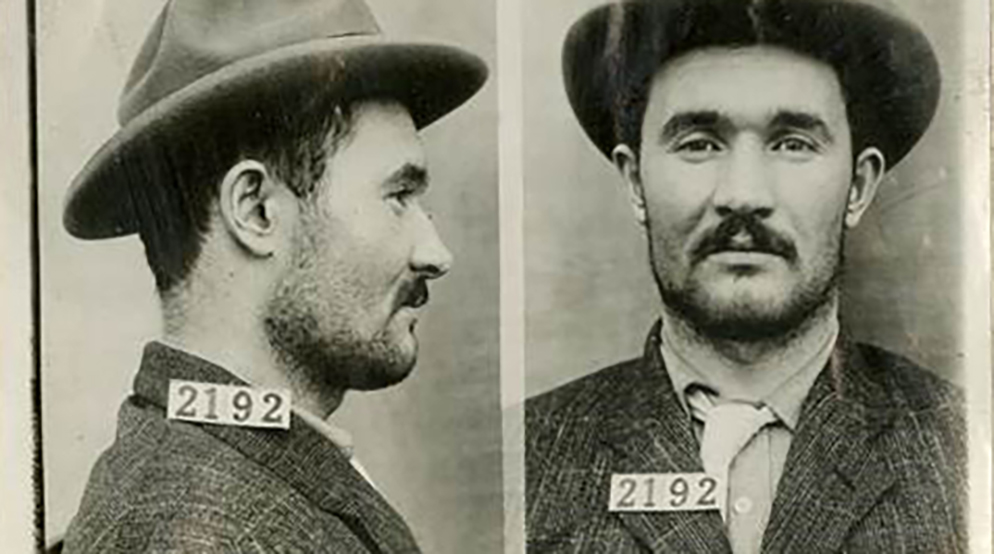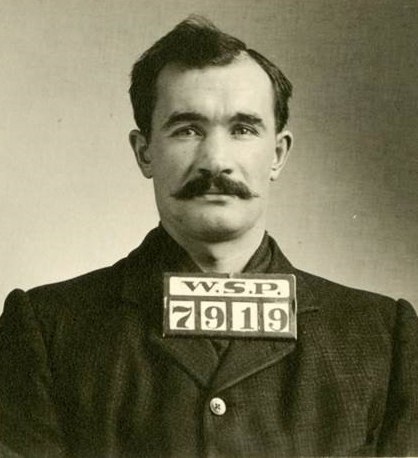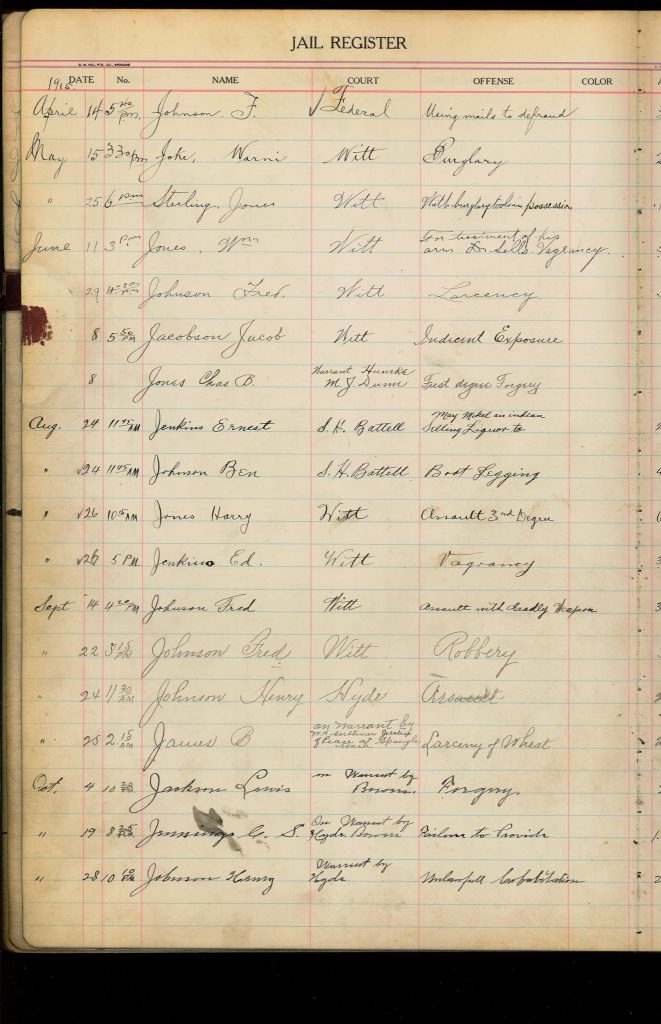
Archives spotlight: Notorious Spokane criminal shot dead in 1918 at state penitentiary
Gunshots rang through downtown Spokane in a firefight between Fred “Tiger” Johnson and the police as Johnson attempted to flee across Northern Pacific and Great Northern Railway yards. After he robbed a streetcar, he attempted to avoid arrest but was outgunned by law enforcement. Tiger was shot twice, then booked by the Sheriff’s Office on charges of assault with a deadly weapon, highway robbery, and first-degree assault.

This punched Tiger’s (sometimes known as Louis Coynt) ticket to the Walla Walla State Penitentiary for the rest of his life, but he wasn’t done making trouble. He made multiple escape attempts and organized a riot within the prison which landed him in solitary confinement. In April 1918, the Madera Mercury reported the career criminal sawed his way out of his cell and attacked a guard with the iron bar cut from the cage.
The following September, Tiger was shot dead by guards in the midst of special punishment. The guards dumped his body in a hole in the ground assuming the death would never be investigated.
The State Archives cannot find a death record for Tiger. The prison system usually did a fairly complete job when it came to recording deaths, but evidently not in this case. Very unusual — and suspicious.
By 1921, a number of other dubious deaths had occurred at Walla Walla, sparking a local newspaper’s curiosity (intro – the jump). The Bulletin publicly accused the guards of cold-blooded murder and claimed they were receiving special protection from Olympia politicians, preventing investigation or consequence.
Journalists found out about a makeshift isolation chamber used for special punishment within the prison by a clique of guards. It was a brick hole in the ground they called “Siberia.” It was apparent by the slew of bullet holes in the walls that it was routine to shoot at the prisoners. Sometimes the bullet struck the prisoner instead of the wall.
The guards alleged the convicts were attempting to escape so they had no choice but to shoot them. The Spokesman Review believes Tiger actually was attempting to escape, given his previous attempts and his extensive criminal record.
One of the other prisoners killed in Siberia was the infamous John Van Dell, a disgruntled union logger who shot Thurston County Labor Commissioner E.W. Olsen at the old state capitol in 1917. After killing Olsen, Van Dell surrendered himself to the Sheriff’s Office and said, “Now the state will have to care for me,” according to the February 10, 1917 edition of American Lumberman.
At least three prisoners were found hanging in their cells when they knew isolation was imminent. They preferred suicide to the brutality that awaited them in Siberia.
John Davidson, the guard who pulled the trigger on Tiger, was responsible for at least four more shooting deaths at Walla Walla before he moved on to the Oregon State Penitentiary. Two more prisoners succumbed to Davidson’s gun by the mid-1920s when he became known as “the most famous prison guard in the Northwest.” Oregon State Penitentiary fired Johnson, re-hired him, and then fired him again in order to distance itself from his reputation which earned him the nickname “Slaughterhouse John.” It’s unclear as to how or why he was re-hired before he was fired the second time.

Tiger Johnson newspaper clipping 
Spokane County Jail register, page 1 
Spokane County Jail register, page 2
A few of our archivists took a deeper dive into this history and there is no record of an investigation ever taking place for the alleged murders.